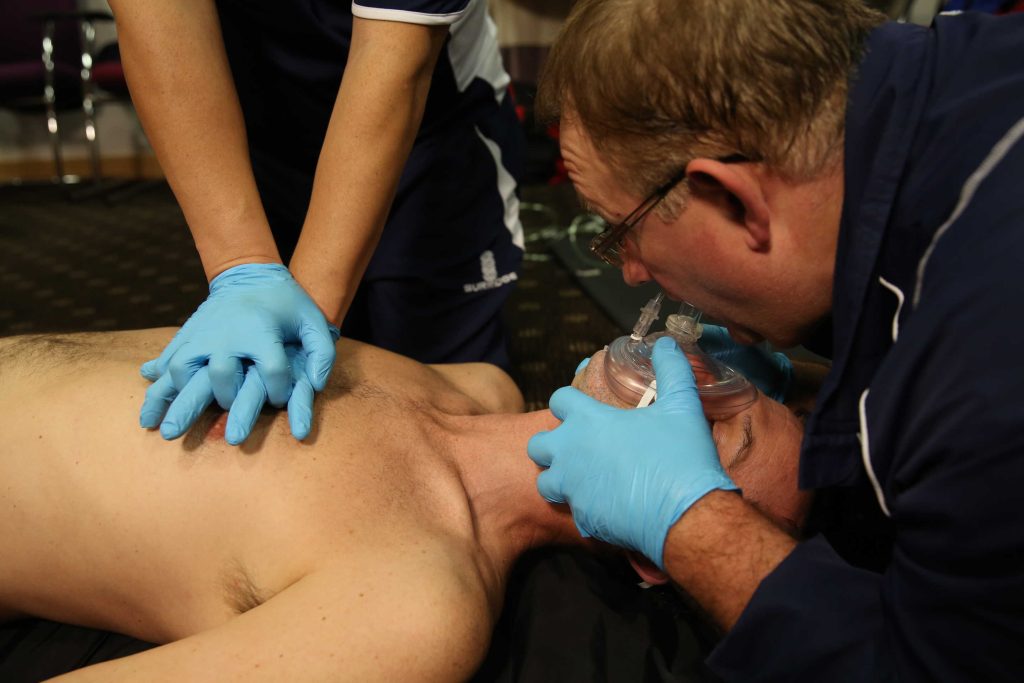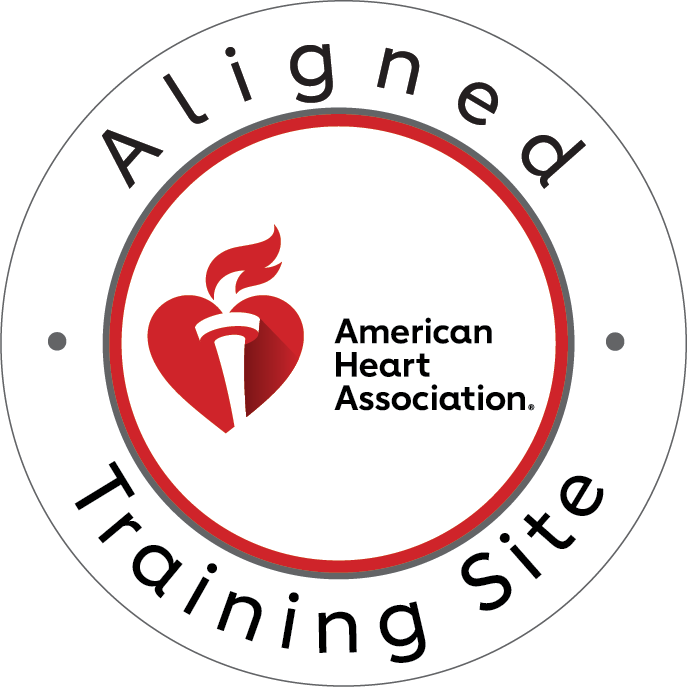When cardiac emergencies strike, every second counts. A pocket mask serves as a critical barrier device that can save lives while protecting rescuers during CPR. This comprehensive guide will teach you how to use a pocket mask effectively and safely.
What Is a Pocket Mask and How To Use a Pocket Mask Safely
A pocket mask is a device used to safely deliver rescue breaths during a cardiac arrest or respiratory arrest. Unlike mouth-to-mouth resuscitation, this portable barrier device creates a protective seal over the patient’s face while allowing rescuers to provide ventilation safely.
The pocket mask design includes a transparent dome that covers both the mouth and nose. Most modern versions feature one-way valves and filtration systems. The Pocket Mask CPR Barrier combines a low-resistance one-way valve with a disposable filter to help prevent the passage of liquids and secretions between the patient and rescuer, with a greater than 99% viral and bacterial filter efficacy.
How To Use Pocket Mask: Step-by-Step Instructions
Proper Positioning for How To Use a Pocket Mask
The rescuer’s position is crucial when using a pocket mask. Position yourself at the victim’s head, kneeling behind or to the side of their head. This placement allows optimal control of the airway and mask seal.
Follow these steps:
- Open the airway – Tilt the head back by lifting the chin and pushing down on the forehead
- Position the mask – Place the narrow end over the bridge of the nose and the wide end over the mouth
- Create a seal – Use both hands to press the mask firmly against the face
- Maintain head position – Keep the head tilted back throughout the process
Delivering Breaths Through the Pocket Mask
Once positioned correctly, deliver rescue breaths by:
- Sealing your mouth over the one-way valve
- Breathing steadily into the mask for one second
- Watching for a visible chest rise
- Allowing complete exhalation between breaths
- Providing breaths at the appropriate rate (10-12 per minute for adults)
The key is maintaining a tight seal while ensuring adequate ventilation reaches the patient’s lungs.
Where Is the Rescuer When Using a Pocket Mask?
The rescuer’s positioning differs significantly from other CPR techniques. When learning how to use a pocket mask properly, remember that the rescuer typically positions themselves:
At the victim’s head – This is the primary position, allowing the rescuer to maintain the head-tilt-chin-lift maneuver while creating an effective mask seal.
Behind or to the side of the head – This positioning provides better control over the airway and mask placement compared to mouth-to-mouth techniques.
This positioning offers several advantages:
- Better leverage for maintaining airway alignment
- Improved mask seal capability
- Reduced risk of disease transmission
- Enhanced visibility of chest rise and fall
Healthcare providers are trained to deliver both compressions and ventilation. Delivery of chest compression requires coordination, and the head positioning for pocket mask use allows for smoother transitions between compressions and ventilations.
How Effective Is a Pocket Mask?
Recent studies demonstrate the significant effectiveness of pocket masks in emergencies. A study led by UT Southwestern found that when bag-valve-mask ventilation is done properly during the early stages of CPR, the patients’ survival rate increases. While this study focused on bag-valve masks, the principles apply to proper barrier device ventilation.
Effectiveness Factors
Filtration Efficiency: Greater than 99% viral and bacterial filter efficacy makes pocket masks highly effective at preventing disease transmission while maintaining ventilation quality.
Ventilation Quality: Pocket masks allow rescuers to deliver adequate tidal volumes without the fatigue associated with mouth-to-mouth techniques. The one-way valve system ensures efficient air delivery.
Rescuer Confidence: Studies show that rescuers are more likely to provide ventilation when barrier devices are available, improving overall CPR quality and victim outcomes.
Clinical Evidence
Manikin studies demonstrate that starting with chest compressions rather than with ventilation is associated with faster times to chest compressions, rescue breaths, and completion of the first CPR cycle. This research supports the current guidelines emphasizing high-quality compressions with effective ventilation techniques.
Recent research indicates that proper ventilation technique significantly impacts survival rates. The 2024 consensus guidelines continue to emphasize the importance of effective barrier devices in resuscitation efforts.
Best Practices for How To Use a Pocket Mask
Pre-Emergency Preparation
Always inspect your pocket mask before emergencies occur:
- Check for cracks or damage in the transparent dome
- Ensure the one-way valve functions properly
- Verify that all components are present
- Store in an easily accessible location
During Use
- Maintain a continuous seal around the patient’s face
- Monitor for adequate chest rise with each breath
- Avoid excessive ventilation rates or volumes
- Keep rescue breaths coordinated with chest compressions
Post-Use Care
- Properly dispose of single-use components
- Clean reusable parts according to manufacturer guidelines
- Replace filters and valves as recommended
- Document the emergency response for quality improvement
Common Mistakes When Learning How To Use a Pocket Mask
Inadequate Seal
The most frequent error involves failing to create an effective seal around the patient’s face. This results in air leakage and inadequate ventilation. Practice proper hand positioning to avoid this issue.
Over-ventilation
Providing breaths too rapidly or with excessive volume can harm the patient and reduce CPR effectiveness. Follow current guidelines for appropriate ventilation rates.
Poor Airway Management
Failing to maintain proper head-tilt-chin-lift positioning reduces ventilation effectiveness. The rescuer’s position at the patient’s head facilitates better airway control.
Training and Certification Requirements
Professional training remains essential for effective pocket mask use. Quality instruction covers:
- Proper device assembly and preparation
- Correct rescuer positioning techniques
- Integration with overall CPR protocols
- Troubleshooting common problems
- Team coordination during resuscitation
The recommended sequence, once chest compressions have been started, a single trained rescuer delivers rescue breaths by mouth to mask or by bag-mask device to provide oxygenation and ventilation. This emphasizes the importance of proper training in barrier device techniques.
Integration with Modern CPR Protocols
Current resuscitation guidelines emphasize high-quality chest compressions with effective ventilation. Pocket masks fit seamlessly into these protocols by:
- Providing barrier protection during ventilation
- Allowing rescuers to maintain compression-ventilation ratios
- Supporting team-based resuscitation efforts
- Reducing interruptions in chest compressions
The 2023 and 2024 international consensus guidelines continue to support the use of barrier devices during CPR, recognizing their role in both rescuer safety and patient outcomes.
Frequently Asked Questions
- How often should I replace the filter in my pocket mask?
Replace filters after each use or according to manufacturer recommendations. The disposable filter helps prevent the passage of liquids and secretions between the patient and rescuer, making replacement crucial for maintaining protection and effectiveness.
- Can I use a pocket mask on children and infants?
Yes, but technique modifications are necessary. Use gentler pressures and smaller tidal volumes appropriate for the patient’s size. The American Heart Association Adult, Child, & Infant CPR Mask provides rescuers with a convenient CPR mask and resources to assist in a cardiac emergency.
- What should I do if the pocket mask doesn’t seal properly?
First, reposition the mask, ensuring the narrow end covers the nose bridge and the wide end covers the mouth. Adjust your hand position to create better contact. If problems persist, consider using an alternative ventilation method while maintaining chest compressions.
- Is a pocket mask as effective as a bag-valve mask?
While bag-valve masks can deliver higher oxygen concentrations, pocket masks provide adequate ventilation for most emergencies. The key advantage is the ease of use for single rescuers and the reliable barrier protection provided during CPR
Take Action: Get Certified Today
Don’t wait for an emergency to learn these life-saving skills. Proper training in how to use pocket mask techniques requires hands-on practice with experienced instructors.
CPR Tampa is an American Heart Association training site offering comprehensive certification courses, including BLS for Healthcare Providers, ACLS, PALS, and CPR and First Aid. Our stress-free, hands-on classes ensure you’ll confidently know how to use pocket mask devices when seconds count.
Contact CPR Tampa today to schedule your CPR certification in Tampa or BLS certification in Tampa. Join thousands who have chosen the Best CPR in Tampa for their life-saving education.
Ready to save lives? Register now and master how to use pocket mask techniques that could save someone’s life tomorrow.





